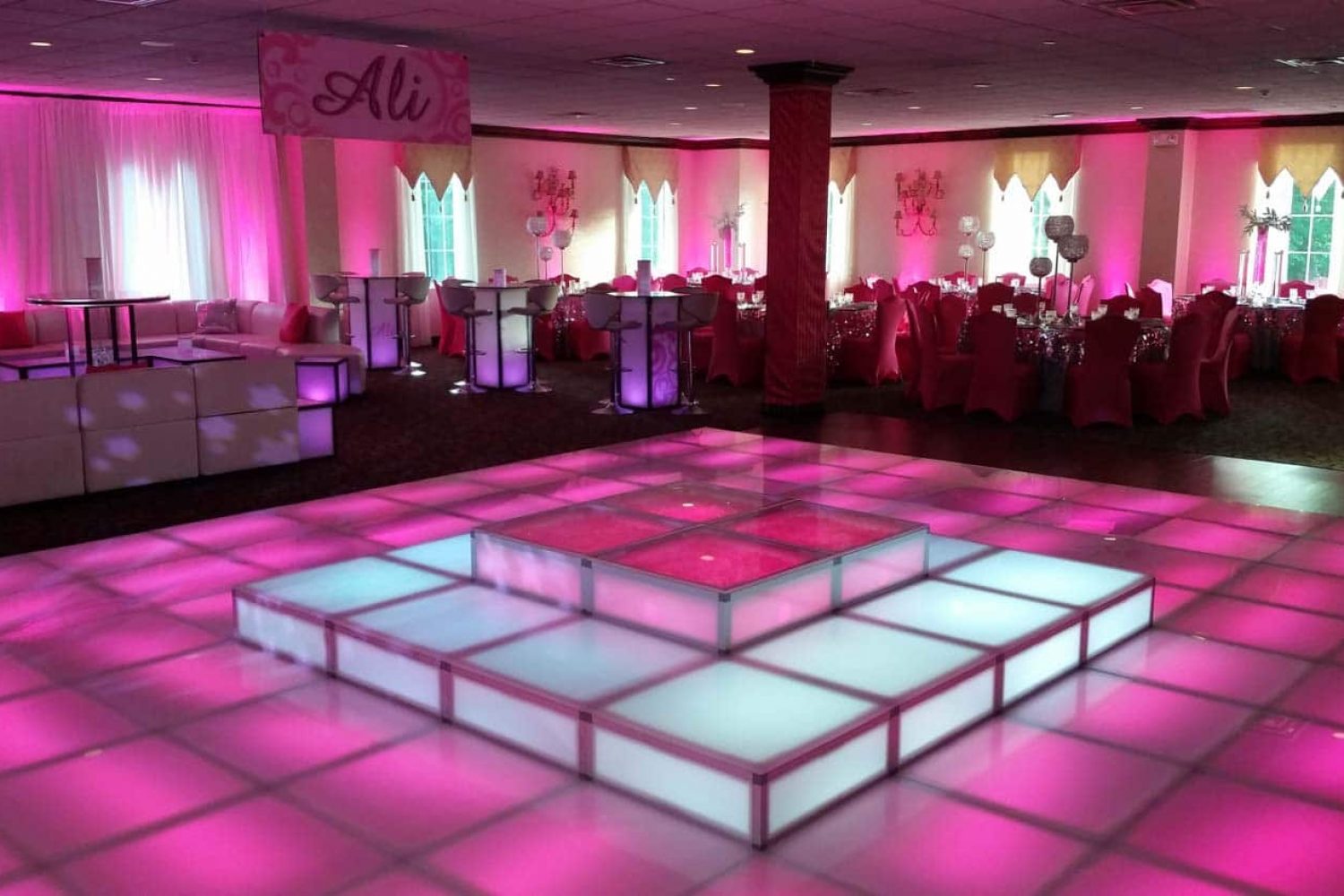The Transformative Impact for Illumination in Improving Movement Surface Beauty
The Transformative Impact for Illumination in Improving Movement Surface Beauty
Blog Article
Lighting plays a crucial role in shaping the ambiance of a dance floor. It can change a plain space into an dynamic setting that enhances the total experience for performers and spectators alike. The appropriate lighting can impact the feeling, dynamism, and even the style of the performance being executed. By using different types of lighting, such as focused lights, colored illumination, and strobe effects, event planners can create a lively environment that engages the spectators and invites participation.
One of the main functions of lighting on a dance floor is to illuminate the dancers. Focused lights can be used to direct attention on solo dancers or teams, making them the focal point of attention. This method not only showcases their movements but also adds a layer of drama to the performance. When dancers are illuminated effectively, their expressions and techniques become more visible, allowing the audience to appreciate their abilities. This focused lighting can also help to create a narrative, leading the audience through the performance.
In addition to showcasing performers, colored illumination can significantly affect the atmosphere of the dance floor. Different colors elicit varied feelings; for example, warm colors like red and orange can generate a sense of excitement and energy, while cooler colors like linked here azure and green can promote calmness and ease. By thoughtfully using colored illumination, organizers can control the atmosphere to match the theme of the event or the style of the dance. This thoughtful approach to lighting design can enhance the overall experience for all involved.
Flashing lights and other active lighting effects can also add excitement to a dance floor. These features can generate a sense of beat and motion that matches the soundtrack being played. When timed with the rhythm, flashing lights can make the dance floor feel alive, encouraging dancers to groove in sync with the pulsing lights. This interaction between light and music can boost the vitality of the occasion, making it more enjoyable for both dancers and audience. The use of such features requires thoughtful planning to ensure they enhance rather than divert from the show.
Ultimately, the overall design of the lighting arrangement is essential for creating a cohesive aesthetic on the dancing area. A well-thought-out lighting plan considers the configuration of the space, the type of dance being performed, and the audience's experience. By combining different lighting methods, such as ambient lighting, accent lighting, and unique features, planners can create a visually impressive setting. This attention to detail not only improves the show but also leaves a lasting impact on the spectators, making the occasion unforgettable. In summary, the powerful power of lighting is vital in improving dancing area aesthetics, establishing an captivating and enjoyable experience for everyone.